11. Charitable Donations, Community Investments and Sponsorships
Best Practice Guidelines

Set strategy and criteria: Set a strategy and specify criteria for making donations, community investments and sponsorships. Ad hoc proposals that fall outside the strategy and do not meet the criteria should be reviewed by a senior manager. Require a clear business case and set specific objectives for all sponsorship payments.

Manage conflicts of interest: Notify employees and relevant third parties of the company’s conflicts of interest policy and provide guidance on avoiding and managing conflicts arising from contributions and sponsorships.

Avoid current bids and pending decisions: Donations and sponsorships should not be made where they could influence a current bid or where a decision is being sought from a public official, such as approval of a licence or resolution of an issue such as a tax dispute or investigation.

Conduct due diligence: Conduct risk-based due diligence on all recipient organisations. Check for red flags such as past integrity issues, a pre-existing or potential business relationship with the company or an affiliation with a public official. Assess the legitimacy, capability and financial viability of the recipient organisation. This will include a review of annual reports and financial statements and, for higher risk transactions, checks on the recipient’s anti-bribery programme. Check that proposed community investment schemes are transparent and open to public consultation.

Set approval thresholds: Designate levels of approval for donations and sponsorships of different values and/or risk levels, and require counter-signatures. Limit approvals where possible to a small number of functions, such as community affairs, corporate affairs or a marketing communications unit. Sponsorships are commercial transactions and best approved and paid within the normal purchasing process.

Obtain compliance sign-off: Obtain compliance approval for donations and sponsorships above a threshold or where a red flag is detected.

Plan for emergencies: Sometimes an urgent decision may be needed, such as a grant to a disaster appeal. There should be a procedure for fast-track approval with appointed signatories according to a value threshold, as well as subsequent review by management and, for high value donations, by the board.

Provide guidance and training: Provide guidance to employees on the criteria and process for making donations and sponsorships, including the approvals needed, and provide tailored training to those responsible for managing them.

Benchmark payments: To counter the risk of kickbacks, benchmark the value of transactions against similar donations, sponsorship payments and fees. For transactions above a threshold, involve more than one employee in negotiations.

Keep a register: Document donations and sponsorships according to their size, nature and level of risk. This register will be used to determine the necessary approvals, as well as the nature and extent of relationship management, monitoring and post-completion review and reporting.

Monitor and review: Monitor payments to make sure that they have been used for their intended purpose and the objectives have been met. Require the recipient to report back on progress and delivery. Conduct checks to ensure all donations comply with the policy and criteria and that procedures are being followed. Make reports to senior management and the board on donations and sponsorships, including how anti-bribery and corruption controls have been applied.

Keep accurate books and records: Record payments and in-kind contributions or sponsorships accurately in the books and records. The records will be needed for internal audit and in the event of a bribery investigation (and will be required by tax authorities as there will be varying treatments for donations and sponsorships).

Report publicly: Publish the policy, criteria and procedures for contributions and sponsorships and disclose those made on a regular basis. This allows stakeholders to check that the company is behaving honestly and to question or raise any concerns.

